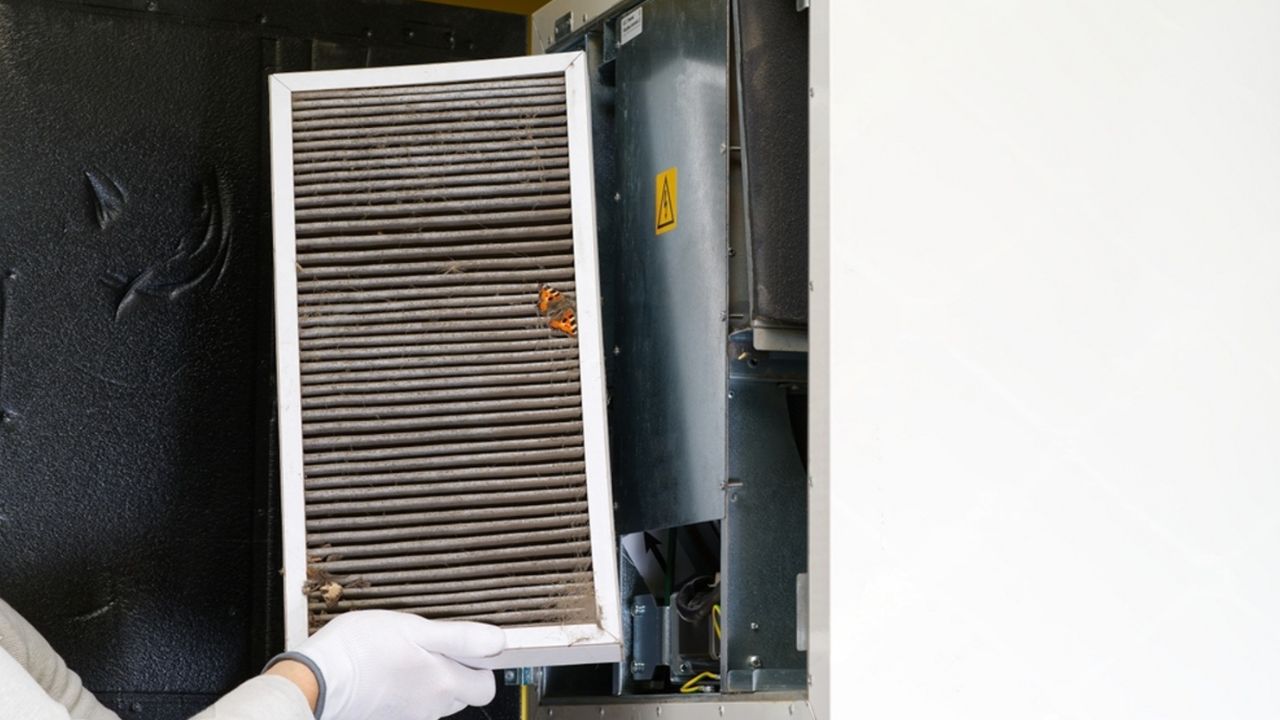10 setup mistakes that can raise your propane bill by $1,000
Propane is one of those things you don’t think much about until the bill hits and makes your stomach drop. The truth is, a lot of that cost doesn’t come from usage—it comes from setup mistakes that waste fuel month after month.
If your system isn’t installed or maintained the right way, you could easily be burning through hundreds of dollars more a year than necessary. Here are the most common setup mistakes that quietly drive up propane costs and how to fix them before winter rolls in.
Skipping a Leak Check

Even a tiny propane leak can send your bill through the roof. Lines and fittings wear down over time, especially if your setup is exposed to the elements. You should have a professional do a leak check every year—ideally before heavy-use seasons start.
If you notice a faint gas smell or hissing sound near the tank, that’s a sign to call someone immediately. Tightening fittings or replacing old lines is far cheaper than wasting gallons of propane over the course of a year.
Using the Wrong Regulator

Your propane regulator controls how much gas flows into your appliances, and if it’s not the right size or pressure rating, you’re either wasting fuel or risking safety issues. Many homeowners make the mistake of using a one-size-fits-all regulator when their system actually needs something specific.
A mismatched regulator can cause inefficient combustion, which means you’ll use more propane to get the same results. Always match your regulator to your appliance setup—and replace it every 10 years or sooner if it’s exposed to extreme weather.
Poor Line Placement

Propane lines that are too long, have too many turns, or run through unprotected areas can lose efficiency fast. Every extra bend or unnecessary length forces your system to work harder to push gas through.
If you’re setting up a new tank or running a line to a grill, heater, or generator, plan it with efficiency in mind. Keep lines short, direct, and well-protected from weather. It’s a small setup detail that can make a big difference in how much fuel you use each month.
Ignoring Insulation Around Lines

If your propane lines run above ground or through uninsulated spaces, you’re losing heat before it even gets to your appliances. That makes your system less efficient and your bill higher.
Wrap any exposed lines with weather-resistant insulation, especially if they’re in crawl spaces or exterior walls. It’s a quick DIY fix that helps maintain consistent pressure and reduces the amount of propane your system burns through in cold weather.
Oversized Appliances for Your Setup

Bigger isn’t always better when it comes to propane appliances. An oversized heater, water heater, or stove might seem like an upgrade, but it can waste huge amounts of fuel if it’s too powerful for your home’s needs.
Before buying or replacing propane-powered equipment, check the BTU rating and compare it to your home’s demand. The goal is to have your system running efficiently—not constantly cycling on and off or burning fuel it doesn’t need to.
Not Servicing the Furnace or Heater

Dirty burners, clogged filters, or unlubricated parts can make your propane furnace or heater work twice as hard to do the same job. It’s one of the biggest and easiest-to-fix propane wasters out there.
A yearly tune-up costs less than a single fill-up and can extend the life of your equipment while keeping your energy use consistent. Even something as small as replacing a dirty filter can save hundreds over a winter.
Letting the Tank Drop Too Low

It might seem smart to “stretch it out” before your next fill, but letting your propane tank drop too low can backfire. When tanks get below 20%, pressure drops and appliances stop running efficiently.
That low pressure can also pull moisture into your lines, leading to corrosion and frozen regulators in winter. Scheduling automatic refills or topping off before cold weather keeps your system efficient and avoids the extra cost of emergency deliveries or service calls.
Poor Ventilation Around the Tank

Propane tanks need airflow to operate safely and efficiently. If yours is surrounded by overgrown shrubs, fences, or stacked materials, it can cause pressure buildup and affect how evenly the gas flows.
Keep at least three feet of clear space around your tank and remove anything that might block air circulation. Good ventilation helps maintain steady pressure, especially during temperature swings that can make propane expand and contract.
Skipping a Pressure Test After Installation

When new lines or appliances are installed, a pressure test ensures everything’s sealed tight and working correctly. Skipping that step—or assuming the installer already did it—can lead to small leaks that waste fuel over time.
If you’ve recently had a propane appliance added or moved, ask for a documented pressure test. It’s a small safeguard that can prevent hundreds of dollars in wasted gas and reduce your risk of dangerous leaks later.
Using Old or Damaged Hoses

Flexible hoses for grills, space heaters, or outdoor hookups wear out faster than most people realize. Cracks, dry rot, or loose fittings can all cause slow leaks that are easy to miss but costly over time.
Inspect hoses every season, especially if they’re exposed to sunlight or moisture. Replacing them costs less than $20 and can save you from losing gallons of propane—or worse, dealing with a safety hazard.
*This article was developed with AI-powered tools and has been carefully reviewed by our editors.







